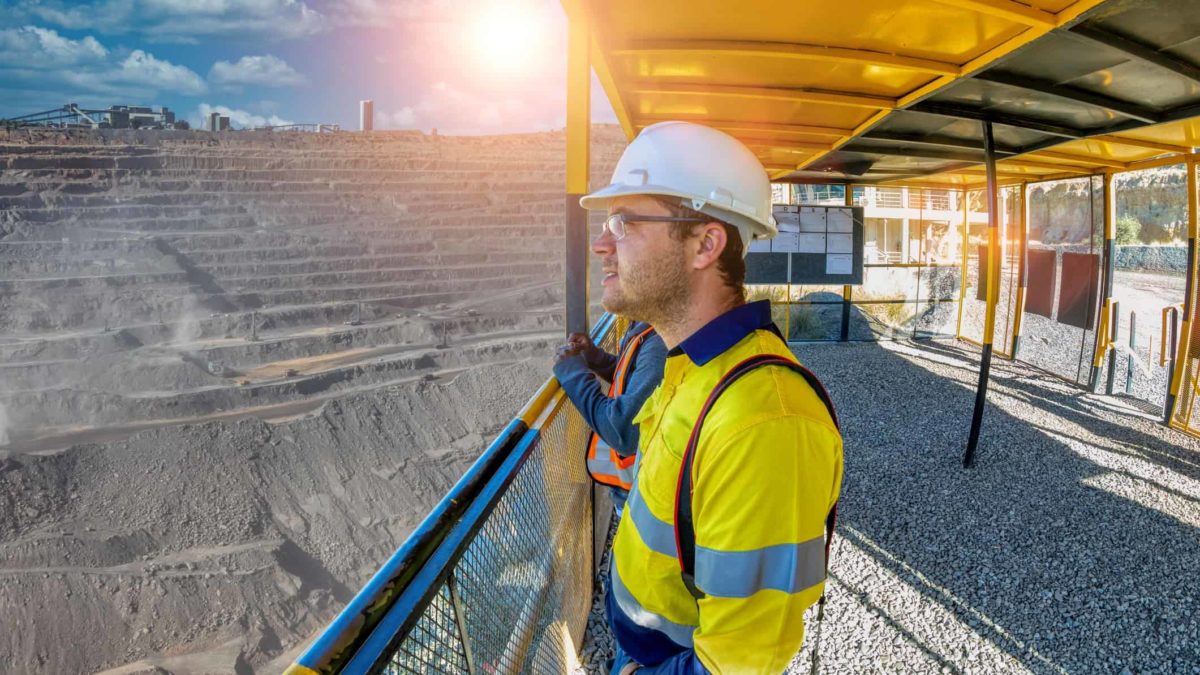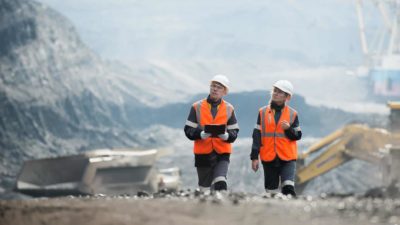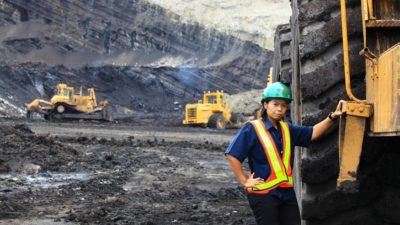BHP Group Ltd (ASX: BHP) shares have had a mixed start to the year.
Since the launch of 2024, the BHP share price has plunged by 12%, as we can see in the chart below. But, it has lifted almost 6% from the 13 March 2024 low.
We can't predict precisely what company share prices will do, particularly in the short term. So, let's look at some of the positives and negatives that may influence the performance of this iron ore mining giant.
Challenges impacting BHP shares
According to Trading Economics, the iron ore price recently fell to a 10-month low of US$102 per tonne because "muted demand in China was magnified by ample supply".
Why does that matter? Iron made up 62% of BHP's FY24 first-half earnings before interest and tax (EBIT). Any weakness in the iron ore price can hurt upcoming profitability.
Trading Economics says demand concerns about the Chinese construction sector, stemming from the prolonged debt crisis for major developers, may have "long-lasting effects on commodity bidding".
Here's what it had to say:
A slow start to Chinese construction activity drove steel blast furnaces and smelters to pare input buying of iron ore, with new data showing that pig iron ore output in the country dropped by nearly 7% so far this year.
This was magnified by a fresh surge in iron ore exports out of Australia, supporting the view that a batch of mine maintenance programs have reached their conclusion following the end of the first quarter. Consequently, ore inventories at major Chinese warehouses soared to a one-year high of 130 million tonnes.
Meanwhile, the broker UBS has forecast that BHP's profit could decline over the long term compared to the net earnings of US$12.9 billion in FY23. In FY26, net profit is forecast to drop to US$12 billion, decline again to US$10.4 billion in FY27, and drop to US$9.7 billion in FY28.
Profit has a very important influence on the BHP share price – the more profit the ASX mining share makes, the higher the valuation can be. But, the opposite can be true when profit is falling.
BHP also continues to face the fallout of the Samarco disaster in Brazil, with a recently updated provision of US$3.2 billion after tax, which UBS described as the current "best estimate" of settlement costs with public authorities.
And some positives
Forecasts are just educated guesses – analysts can be wrong. Experts have been forecasting the demise of the iron ore price for a number of years. It's possible that the iron ore price could surprise again, if Chinese demand picks up.
Interestingly, according to UBS, BHP's profit is actually expected to increase in FY24 to US$13.5 billion, which would put the forward price/earnings (P/E) ratio at around 11.
The relatively low earnings multiple means the company can have a fairly appealing dividend yield. UBS suggests the BHP FY24 annual dividend could be US$1.47 per share, which would equate to a grossed-up dividend yield of 7.2%.
Another positive to keep in mind is that the ASX mining share is growing its exposure to 'green' commodities, which could see stronger demand as the world works on decarbonisation. Copper is important for electrification, and potash is a greener form of fertiliser.
Foolish takeaway
At the moment, I'd say it's finely balanced between the positives and negatives – the share price of the ASX mining stock has fallen, but only back to where it was six months ago.
If I were looking to buy BHP shares to beat the market, I'd wait for a weaker iron ore price, which could send the BHP share price to US$40 or below. Until then, I'd look at other ASX dividend shares that could pay bigger yields or deliver more growth.









